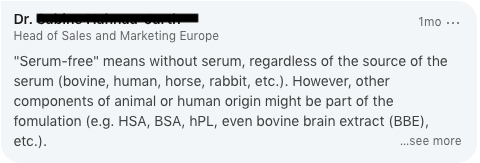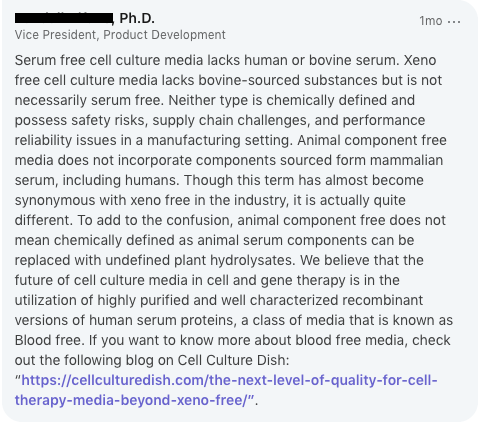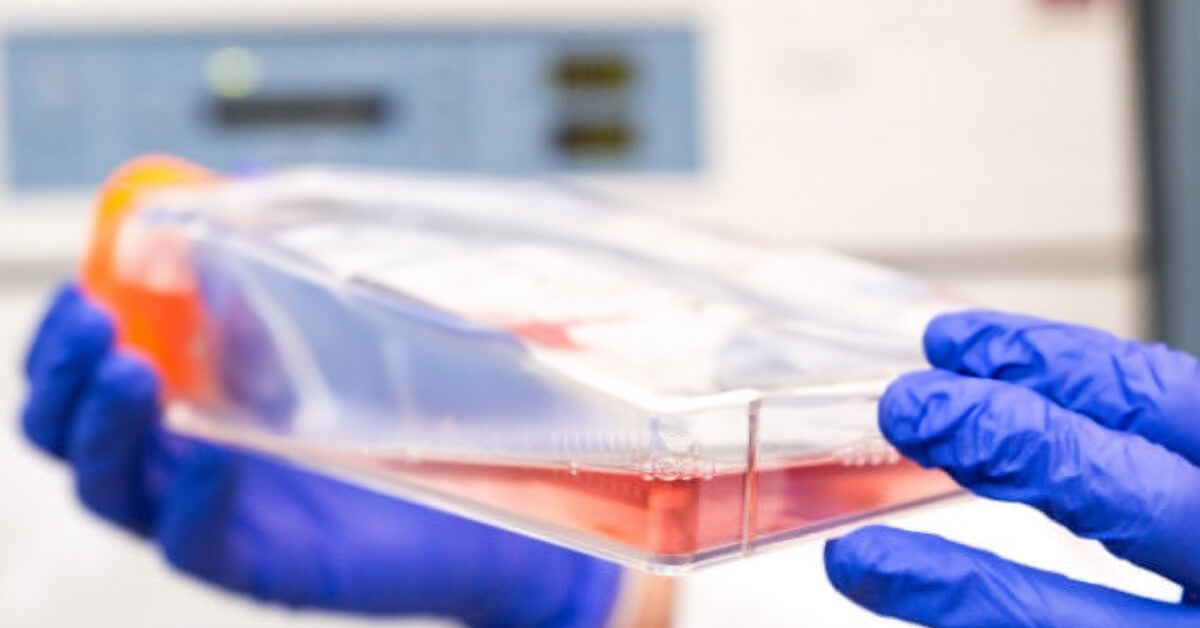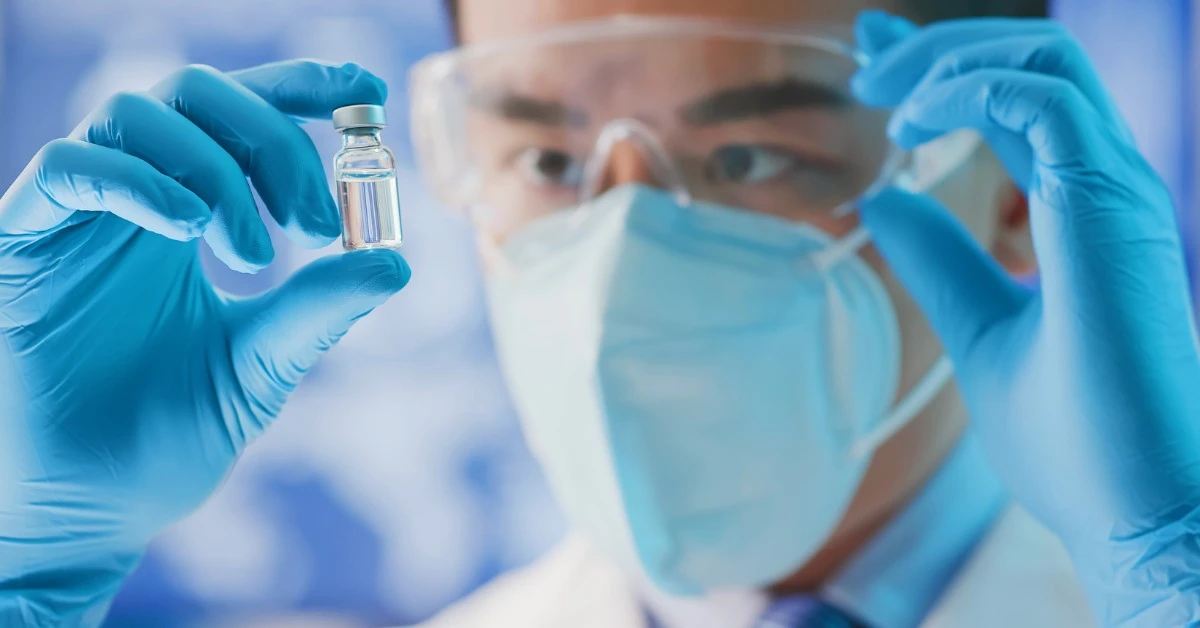What does serum-free mean? The question was brought up during a lunch at the World Stem Cell Summit in January. Is it clever marketing or is there a scientific definition to the term? By the end of lunch, the table of cell culture media experts could not come to a consensus on how the term was defined. Was the rest of the scientific community as confused as we were? Does anyone know what “serum-free” means? Cade Hildreth of BioInformant, the world’s largest stem cell industry blog, set out to find the answer. If you follow BioInformant you may have seen the poll question in your feed, but if you don’t, the results may be surprising.
What Does Serum-Free Media Mean?
The question was brought up after examining current “serum-free” products on the market. Does it mean free of FBS? Or does it mean xeno-free – absent of all animal components? Is it defined or chemically defined? One thing was obvious: the definition of serum-free was different across various companies in the cell culture space. So what does serum-free mean to you?
The Results Are In
When the question was asked on Twitter the results leaned towards a cell culture media that contains “no animal or human serum.”
Poll time! What does the term “serum free” mean to you? Choose an option below or leave your answer in comments:
— BioInformant (@StemCellMarket) February 27, 2019
However, when the same question was asked on the BioInformant LinkedIn page, there was no specific answer that stood out as the clear winner.
Some agreed on no serum at all as their definition with some conditional variations such as serum-derived components being fair game or no animal source as a restriction.



Another defined “serum-free” as free of FBS.

While others simply sided with “defined” as their definition of “serum-free”.

Then it got complicated. This post was the root of how the conversation came about and why no one really knows what serum-free means.

Why Serum-Free?
It would appear that while there is a lack of consensus on the definition of ‘serum-free’, the term exists because scientists are looking for certain attributes in their media.The term was born from an urgent need to find an alternative to the broadly adopted FBS for cell therapy.
A Need for an Alternative to FBS
The advent of cell therapy has created a demand for cell media that is free from immune response eliciting substances. This has led to a requirement to remove FBS (fetal bovine serum) from cell media due to its non-human origin. FBS has been known to introduce variability into cell culture systems, leading to issues of irreproducibility due to lot-to-lot variations. Moreover, the high demand for FBS has resulted in adulterated or counterfeit products on the market. As a result, there is a need for better media and improved definition in cell culture processes.
What Are the Needs?
While each cell therapy application may have unique media requirements, there are common needs shared by most professionals in this field:
- Functionality: Cells should grow robustly and perform their therapeutic function according to Critical Quality Attributes.
- Safety: Media should not introduce safety issues and must undergo thorough testing.
- Reproducibility: Media should be manufactured in a way that ensures consistent function across different batches.
- Cost-Effectiveness: To reduce the patient price of cell therapies, media should not be overly expensive.
Is Human Serum the Answer?
Human serum (HS) is a widely used supplement in clinical and manufacturing cell therapy media. While it is a better alternative to FBS, it still presents some challenges that introduce variability and irreproducibility:
- Limited Supply: Human serum donors with the AB blood type are in limited supply.
- Dependency on Donor Health: The supply of HS is dependent on the number and health of donors.
- Lack of FDA Guidelines: A large portion of HS is not collected or fully tested under FDA guidelines.
- Cost: Off-the-clot human serum is expensive.
- Variability: Plasma-derived human serum, which is cheaper, may introduce variability and off-target effects due to clotting additives.
- Protein Levels: Varying protein levels in human serum can cause growth variability in cells.
We Need Serum Alternatives
The industry lacks a standardized definition for “serum-free.” Therefore, the scientific community requires better alternatives that can provide improved results and drive breakthroughs. The current options, FBS and human serum, are not entirely satisfying this need, which is why the term “serum-free” exists. To address these issues and accommodate the rising clinical usage and trials in the cell therapy space, the industry needs serum alternatives since the availability of human serum is finite.




